|
Although the Word of God comes to us supremely through faithful preaching and teaching, the Word also comes through symbolic means, like songs, music, art, architecture, poetry, public prayer, acts of service, liturgy, and the sacraments of baptism and the Lord’s Supper. People aren’t only ears sitting in pews; we’re also eyes that see, hands that touch, and hearts that feel. People need to see the gospel as well as hear the gospel. In contemporary Christianity, one of the most commonly overlooked ways of seeing the Word is architecture. Symbolizing and reflecting the truth, beauty, and goodness of God is one of the key benefits of intentional architectural design. Medieval Christians, many of whom were illiterate, relied on “theology in stone” to present the Word through art and architecture of basilicas and gothic cathedrals. The awe and grandeur of God are still plainly evident when you walk into one of the great cathedrals of Europe or their Gothic Revival replicas in North America. The stained glass windows, paintings, and sculptures tell tales from the Bible and church history, as well as convey moral and biblical lessons to viewers. The acoustics, grandness, and lighting create feelings of wonder for God and a keen awareness of the smallness of humanity. Author Doug Jones remarks that “architecture entices humility.” With thick walls and narrow, coloured windows that filter and mute natural light, traditional church architecture also symbolizes both separation from the outside world and a sense of the sacred.
Someone might argue that we don’t need church buildings. True. We also don’t “need” books, blogs, church picnics, seminaries, systematic theology, tracts, pianos, projectors, pews, or pulpits… but they are helpful, and the Lord uses these valuable (though unnecessary) tools to accomplish his purposes. Someone may also be concerned that aesthetically evoked emotions will serve as a substitute for an authentic relationship with God. Sadly, in some cases, this may be true. But a hammer can be a tool as well as a bludgeoning weapon. The problem isn’t necessarily with the tool but the user. To illustrate the point, let’s take a look at another form of art that is more readily appreciated by modern Christians. Church music and hymns are a big part of Protestant worship, speaking more to our hearts and bodies than to our heads. Good theology matters in our hymnody, but the value of hymns goes beyond conveying doctrine in the lyrics. If we only wanted to transmit theology, then we wouldn’t use lyrical poetry and stirring tunes to do the job. Reading excerpts from Calvin’s Institutes would be more to the point. Yet, we choose to sing hymns, in part, because it moves our hearts. We feel music in our physical bodies as we sing and listen. Like music, architecture speaks to our “incarnated” souls. It is no wonder that Goethe describes architecture as “frozen music;” architecture helps us to feel as well as know the gospel. We need to ask ourselves, what impressions are we giving to visitors who come to our places of worship? What messages are we sending to our congregations? Indeed, we are often limited by funding or by our situations. Some congregations rent spaces that have multiple uses, like schools, civic centres, and libraries. Architectural considerations may be off the table for many. As a substitute, consider the placement of chairs, the appearance of the stage, lighting, drapery, flowers, and artwork, and whether you use a pulpit or music stand. Do what you can to convey truth, beauty, and goodness with your surroundings, inspiring both love and wonder for the things of God. He is worthy of our efforts! Part 3 of a three part series on architecture This essay originally appeared in Barnabas, Vol. 12, No.3 (Summer 2020): 6 This is Part 3 of a three part series on Christianity and architecture. Click here for Part 1 "The Art of Architecture" and here for Part 2 "Architectural Gnostocism."
0 Comments
Here is Part 2 of a three part series on Christianity and architecture. Click here for Part 1 "The Art of Architecture." As New Covenant believers, it is easy to consider our present places of worship, ministry, and living as temporary and even fruitless investments. Architecture is often viewed as a distraction from the real business of heaven. Besides the often monumental costs of maintaining facilities, the investment in material spaces may seem too worldly. Throughout the history of the church, there has been a constant struggle between these two extremes: establishing too many earthly roots on the one hand or living only for heaven on the other hand. This conflict is plainly seen in the first century heresy of Gnosticism, where disembodied and esoteric “spiritual knowledge” was celebrated, whereas the importance of the material world was diminished or denied. The incarnation, however, is a powerful reminder that the material world matters to God. Jesus did not condemn creation; instead, the Son of Man was a carpenter who understood life in “flesh and blood” terms. He fed the hungry, healed the sick, feasted with friends, and suffered on a real, rough-hewn cross. There isn’t a dichotomy between the spiritual realm and the physical realm in God’s economy. So what does this mean for architecture? By ignoring beauty in our surroundings and by not being intentional with our aesthetic vision, we are promoting a kind of “architectural Gnosticism.” This is further exacerbated by a pious desire to avoid “storing up treasures on earth.” We eschew beauty in architectural design, seeing it as unspiritual, dated, and decadent. We exchange aesthetic vision for contemporary and practical relevance. The result is that we turn our worship spaces into human-centric facilities prized for freshness, functionality, and flexibility. Apologist Francis Schaeffer often criticised the proliferation of “ugliness in evangelical church buildings,” arguing that Christianity had adopted the world’s anemic view of beauty. Our God is beautiful, and that beauty should be seen not only in our lives, our worship, and our preaching, but also in our surroundings. Christians ought to reject the pseudo-spirituality of monastic-like Spartan aesthetics; blandness is not biblical. Bland buildings, bland worship, and bland preaching show the watching world that our God is bland. He is no such thing! Blandness and mediocrity are the opposite of who God is and what God is calling us to. God is excellent in every way, in his character, his creation, and his Word. Why would he expect anything less from us? "Our God is beautiful, and that beauty should be seen not only in our lives, our worship, and our preaching, but also in our surroundings. " God is also interested in sanctifying us fully—in mind, soul, and body—and he does this through countless means at his disposal. Since we are creatures of time and space, our environment impacts and shapes us. Attractive and meaningful meeting halls can be as inspiring as attractive and meaningful worship music. High ceilings, well-crafted woodwork, effective use of natural light, symbolic artwork, and other architectural features can awaken us to the wonder of God and his ways. If we are going to resist architectural Gnosticism, then God’s truth, beauty, and goodness should be seen in our buildings and interior designs. Beautiful spaces should represent and surround the Living Church. Though there is an even better place being prepared for us in glory, this does not preclude the need to be faithful stewards of our earthly resources here and now. This may not mean that we need to build new church buildings; it could mean that we need to better care for existing buildings, reclaiming older structures and meeting halls from dying denominations and dwindling congregations, both for the gospel and for the glory of God. This essay originally appeared in Barnabas, Vol. 12, No.1 & 2 (Winter/Spring 2020): 18 Click here for Part 3 "Theology in Stone" WORDS FROM THE WANDERINGS: |
| Lacking architectural vision or even opting for utilitarian aesthetic features is still, in fact, an architectural statement about what we truly value—which may be self-reliant pragmatism or the need for contemporary relevance and cultural acceptance. So, as we speak truth, beauty, and goodness with our words and with our lives, we also need to speak with our surroundings. Our physical spaces of worship should be warm, inviting, down-to-earth, and human yet also awe-inspiring, beautiful, high, and holy; our spaces should be intimate yet grand, solitary yet communal, ancient yet new, familiar yet unique. Isn’t this what we want to declare about God and his living church? part 1 of a 3 part series on architecture |
This essay originally appeared in Barnabas, Vol. 11, No.4 (Fall 2019): 22
This is Part 1 of a three part series on Christianity and architecture. Click here for Part 2 "Architectural Gnostocism."
WORDS FROM THE WANDERINGS: Podcast "The Art of Architecture"
Jeremy W. Johnston
Christian, husband, father, teacher, writer.
Archives
June 2024
June 2022
June 2021
May 2021
April 2021
March 2021
February 2021
January 2021
December 2020
November 2020
October 2020
August 2020
July 2020
June 2020
May 2020
April 2020
March 2020
Categories
All ANNE BRADSTREET CHRISTMAS COVID 19 CS LEWIS DOUBT EASTER Family Worship FRANCIS SCHAEFFER GUEST BLOG POST JRR TOLKIEN MENTORING MONK'S GUIDE ON ARCHITECTURE ON DEATH ON EXCELLENCE ON HISTORY ON MUSIC ON OLD BOOKS ON POETRY ON THE ARTS ON WRITING PODCAST POETRY PRAYER THANKSGIVING TOLKIEN


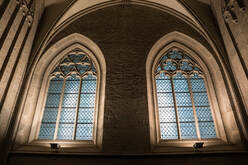
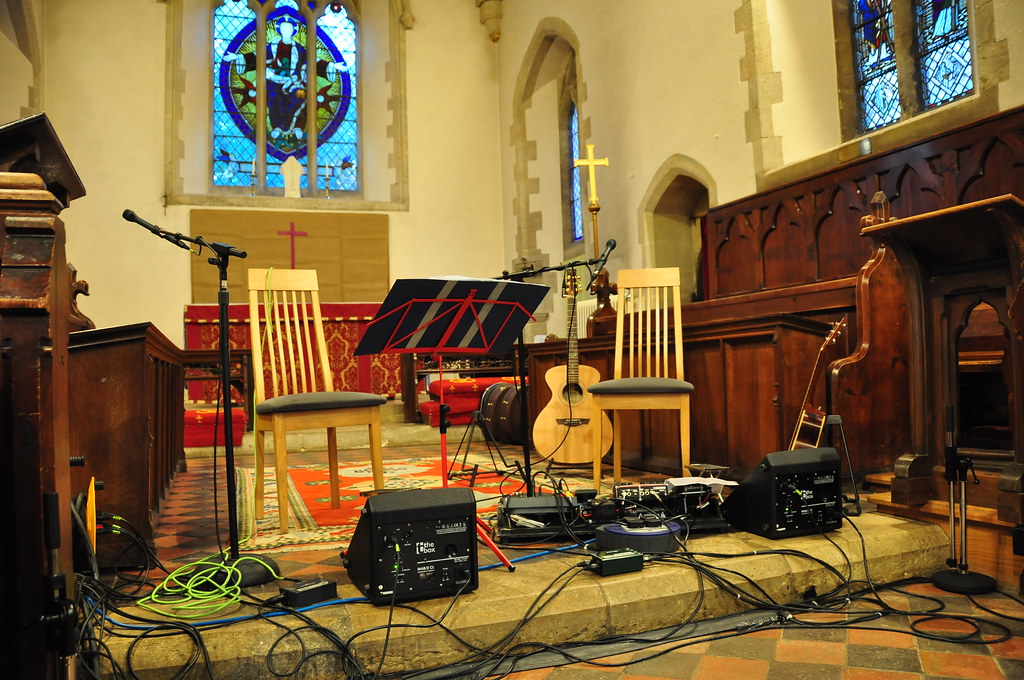

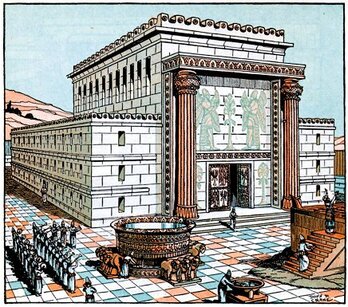
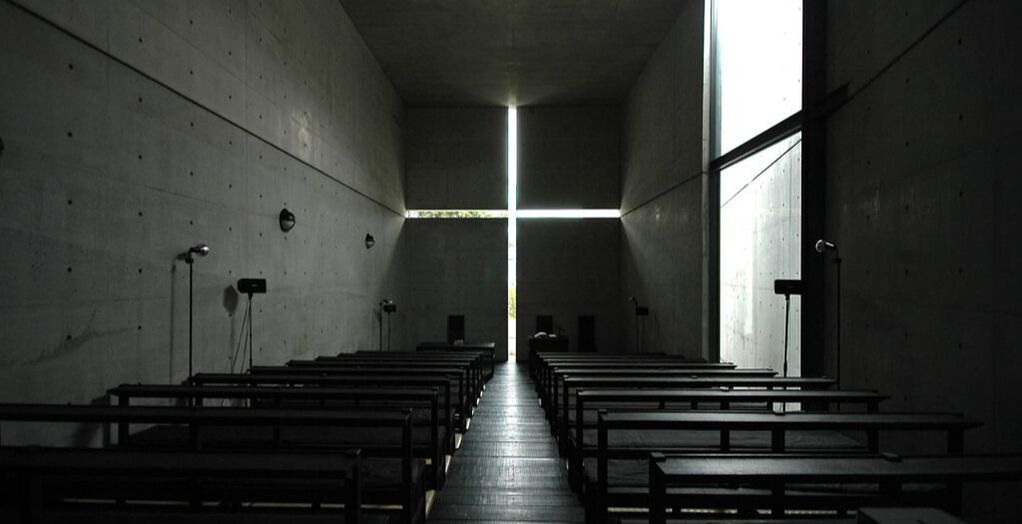
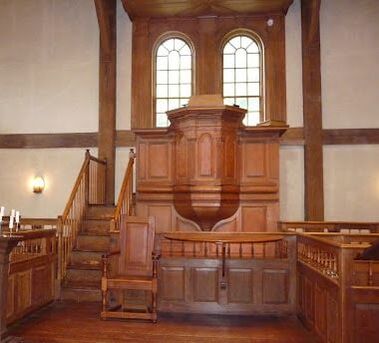
 RSS Feed
RSS Feed
